I had a very lovely Helsinki day today.
I went, among other places, to Munkkivuori, home to one of the most pleasant of Helsinki’s ostaris, its suburban-shopping-centres (which isn’t to ignore that Munkkivuori is a relatively urban exemplar of the type). It’s still busy and there was seasonally appropriate indoor market activity in the non-space left by the metro-plans that never materialised.
No doubt the good people of Munkkiniemi help keep the shops alive. Here, a sunny mid-day in that august part of Helsinki, the sun just scraping it through to people in the middle of the day.
As the number 14 bus made its leisurely but direct way past Munkkiniemi to more central locations, I almost felt like this was the Helsinki I used to know, before I left – whenever that was, 15, 20, 25, 36 years ago, depending on how I count it.
Helsinki, as now elderly relatives once taught me, has much to offer, particuarly if you are attentive. There are and have long been, things to notice and cherish as events, people, natural features and seasonal variation.
Look around and chances are there’s something architecturally interesting and rewarding. For me an unexciting but wonderful starter on the route of the number 14 is the magnificent Elanto co-op residential bloc k (number 29 on this map) on the corner of Runeberginkatu and Caloniuksenkatu. Not far there’s the serene urbanity of the so-called Sonck block with its interconnected courtyards and happy residents.
k (number 29 on this map) on the corner of Runeberginkatu and Caloniuksenkatu. Not far there’s the serene urbanity of the so-called Sonck block with its interconnected courtyards and happy residents.
This rather rubbish phone-photo with the block in the distance shows (OK, suggests) just how happy a result those old engineer-types managed to engineer with their strict building regs. (Taken at 12.13 on December 3rd, 2011).
It also demonstrates an important fact about Helsinki life.
Light. It comes at odd angles. Sometimes it comes very rarely. Sometimes it doesn’t come at all. For weeks.
In those difficult moments some of us Helsinkians resort to carbon-hungry but Vitamin-D-rich beach holidays far, far away. Some of us (also) resort to remedies that come in bottles, of alcohol or other drugs, such as this quaintly named product so popular in Finland: Minisun.
popular in Finland: Minisun.
And many of us appreciate, explicitly and openly, the sky we see through the trees and above the roof-tops and over the open spaces that adorn our beautiful home.
Recently we here at JHJ have also discovered a way of dealing with the dark. We trick our bodies into believing we are … somewhere else. That is to say, somewhere on a latitude where elsewhere on this weirdly wonderful planet people ever considered it worthwhile trying to build cities.
The point being that Oslo, Helsinki and St Petersburg are oddities. Only due to the ruggedness of their inhabitants and thanks to a little help from Mother Nature, have so many big things been built here. Over in Canada things look very different. (Having said that, entrepreneurial regional governance 1950s-style seems to have helped the Norwegians along, just as it did the Finns.)
So, Helsinki is survivable if you have the right insulation, sensible footwear, long johns, all-in-ones for small children, cars for fussy types and even under-pavement heating for wearers of nice Italian shoes etc. etc.
But nothing – as yet – has been found to make a serious impact on the lack of light. In fact, it’s more than likely that climate change is increasing the number of overcast days already.
And may the gods save us from another winter of no snow: no fun, no beauty, no winter.
Can the artificial life help? Is artificial light the answer? Well, it helps. Rather than the full-whack (not to mention the light-emitting ear-plugs!!), our household went for the bird-song-accompanied fixture that may have (temporarily) redeemed the reputation of gadgets in this household.
I mostly agree with Victor Papanek who wrote sagely in the early 1980s that people “curse the appliances and gadgets that clutter our lives and that seem to wear out at nearly the same rate as the warranty”. I make an exception when it comes to gadgets that make living through Helsinki winters a little more palatable – (fake) daylight and “natural wake-up sounds” instead of the brutal brrrrrringg of an alarm clock. Well done Philips!
Now among the other things that now-elderly relatives taught us to value and develop further were pragmatic and everyday bits of design and problem-solving. Some Finns seem to think these are unique to our race but as a nomad of sorts I know differently.
Still, I do like the making do and mending of my country folk just as much as I enjoy the quasi-craft skills one needs to enjoy a mökki holiday or to bake a really pretty joulutorttu, and I appreciate the user-friendliness of a Fiskars knife and I really love not having to choose between too-hot and too-cold taps as I did in the UK. I also love the way Finnish bars and cafes provide blankets for outdoor seating. Some also add those horrid patio heaters to them but many do not. And this is what I consider a sane adaptation to living at the same latitude as Canada’s Hudson’s Bay.
Which brings me to the news.
Last week’s City of Helsinki tall buildings report is still, unsurprisingly, mostly unread. A number of, mostly unhappy, responses have been published in The Usual (pay-to-view), including today.
Jätkäsaaressa kerroskorkeuden saneli norjalainen kiinteistösijoittaja Arthur Buchardt. Kun alueen asemakaava vahvistettiin pari vuotta sitten, kerroksia oli “vain” 16, nyt esitetään, että niitä olisi 34. Virkamiehet perustelevat Buchardtin sanoneen, että jos hän ei saa rakentaa korkeaa tornihotellia, hän ei rakenna ollenkaan. Yleensä tällaista perustelua käyttävät pikkulapset.
or
In Jätkäsaari the number of floors was dictated by the Norwegian investor Arthur Buchardt. When the area’s local plan (asemakaava) was adopted a couple of years ago there were “only” 16 floors, now the proposal is for 34. Council officers reason that Buchardt has said that if he should not get a tall hotel-tower he won’t build at all. Usually this kind of reasoning is used by little children.
So writes Harri Hautajärvi, former editor of Ark, signing off as an “architect who has seen enough (small) towns haphazardly splintered by skyscrapers”.
And to link this back to the point about living at these latitudes, he also notes:
Tornihankkeiden mallinnuskuvat ovat kiiltokuvamaisen kauniita. Päiväsaikaan todellisuudessa tummina näkyvät lasitalot on esitetty vaaleina. Pilvenpiirtäjien ympärilleen langettamaa varjostusta on selvitetty hyvin tarkoitushakuisesti.
as in
The tower schemes’ renderings are picture-pretty. Glass buildings that in reality appear dark in the daylight are represented in pale shades. The shadows thrown around them by the skyscrapers have been demonstrated most tendentiously.
Meanwhile Arkkivahti is also keeping watch over architecture threatened by the needs of luxury tourism, along with amenity societies and residents’ associations no doubt soon to be accused of NIMBYism around the wealthier and perhaps even less wealthy parts of our fair city.
p.s. the Kämp on Esplanadi has a rubbish reputation. Not a very good price-quality-ratio as we say.


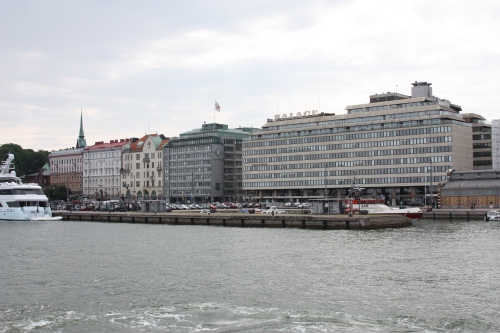


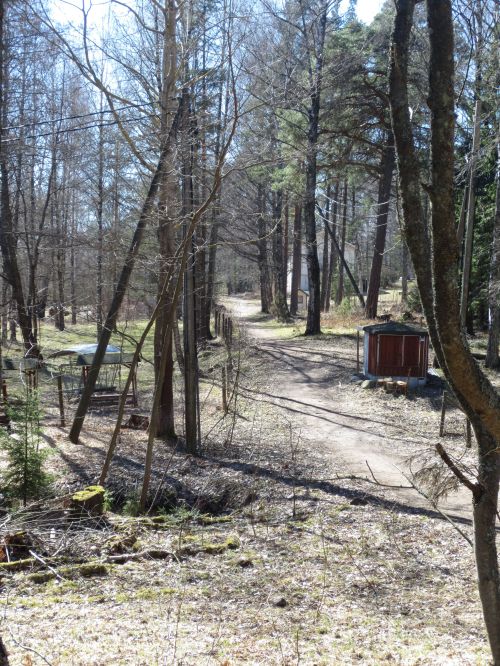
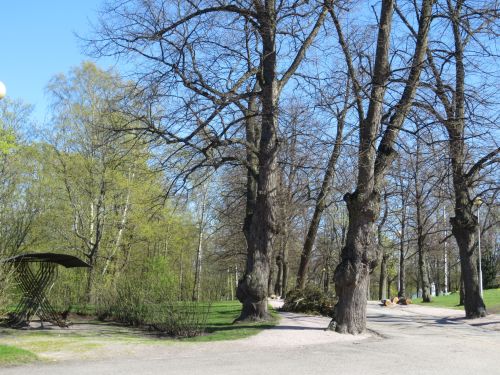





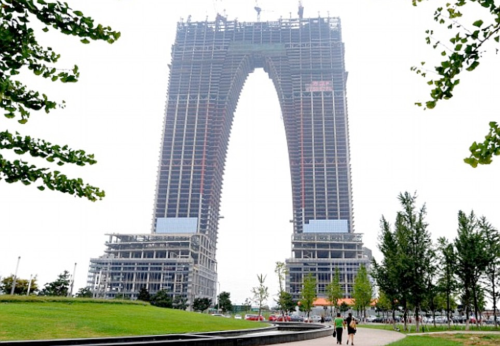
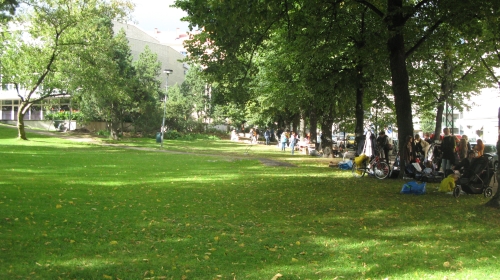
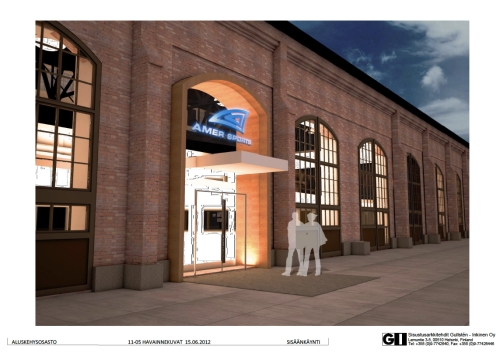
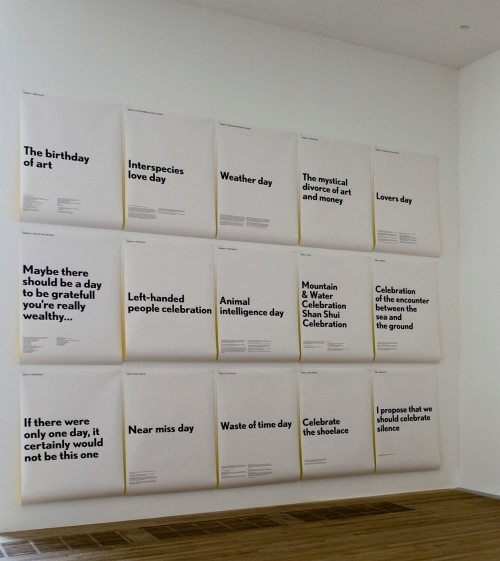





 popular in Finland: Minisun.
popular in Finland: Minisun.